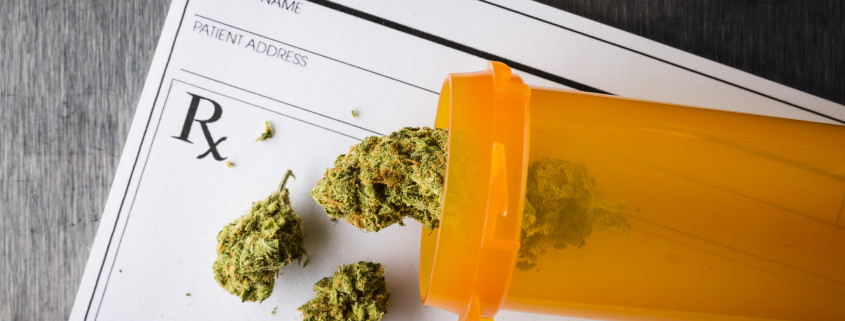Producing Medical Marijuana in Canada
Canada’s unique marijuana regulations have been in place since 2013, for the purpose of maintaining strict control over the production and sale of marijuana for medical purposes. These regulations, known as the Marihuana for Medical Purposes Regulations (MMPR), have been the subject of countless news stories worldwide, attracting attention from a broad spectrum of interested parties such as those in the pharmaceutical industry, agricultural and mining groups, and investors and equity partners looking to get in on the ground floor of this growing industry.
Amidst all the excitement however, it’s become clear over the past two years that there are indeed several hurdles and obstacles encountered by applicants during their quest for a license. Some of these challenges can be overcome, but other ones don’t seem to vanish. In order to reduce the frustration faced during the application stage, it’s helpful perhaps to review some highlights of the evolving regulatory landscape since the time Health Canada began accepting applications just over two years ago.
Here’s what has continued to be in place for applicants wishing to become licensed producers under Health Canada’s Marihuana for Medical Purposes Regulations:
- Applications to produce marijuana undergo a strict and rigorous review to ensure compliance with all the requirements of the MMPR. Some key parts of the application are the building’s security measures, production practices, packaging, labelling, and record keeping. The licensed producer applications that are submitted must be complete. Any incomplete applications will be returned to the applicant.
- All applications must include details on the quality assurance person (QAP) which will be employed to ensure production practices comply with Division 4 of the MMPR, which list out good production practices. The qualifications, education and relevant experience of the QAP will be reviewed thoroughly by Health Canada before the file is moved through the application review process.
- The physical attributes of the building that is proposed to produce and store marijuana must comply with the requirements of Health Canada’s guidance document entitled Building and Production Security Requirements for Marijuana for Medical Purposes. This document will assist applicants in understanding the building/security requirements of Division 3 of the MMPR which addresses specific requirements for facilities handling controlled substances such as cannabis. In Canada, controlled substances must be adequately secured and safeguarded at all times while at the facility, in order to minimize the risk of substance diversion to the illicit market.
- Security clearance continues to be a lengthy stage in the application process. The review of key personnel’s employment history, criminal records and fingerprint scans may take anywhere from a few months to one year. Clearances are required for the senior person in charge, responsible person in charge, and officers and directors of a corporate applicant.
Here’s what’s shifted slightly since the application process has gotten under way:
- Health Canada has become more transparent with respect to specific activities and stages of the review process. Applicants may now have a better understanding of where they are in the review, and be able to clearly understand which activities are underway by Health Canada at that review stage.Health Canada has become more transparent with respect to specific activities and stages of the review process. Applicants may now have a better understanding of where they are in the review, and be able to clearly understand which activities are underway by Health Canada at that review stage.
- Health Canada will no longer issue applicants with a formal ready-to-build letter. These letters were initially sent to applicants to inform them that they were eligible for a pre-license inspection, which is a requirement of the MMPR for all facilities. Now Health Canada will enter into a discussion with applicants regarding how the applicant intends to comply with Division 3 of the MMPR. After Health Canada is satisfied with the applicant’s proposed security measures a pre-license inspection is arranged for the applicant’s facility.
- Rather than just one facility inspection, an applicant and licensed producer will be inspected at multiple stages. Before a producer can actually sell their medical marijuana, they will have had to undergo a successful pre-license inspection and a further initial inspection once a license is issued for cultivation, to ensure the facility activities are incompliance with all relevant MMPR regulations. Post-license inspections are also occurring to monitor ongoing compliance of producers, and in the event of product complaints or product recall situations.
- While the MMPR originally restricted licensed producers to providing their clients with “dried marijuana” only, Health Canada has recently created an avenue for licensed producers, by way of a Section 56 exemption under the Controlled Drugs and Substances Act, to allow for the sale of cannabis oil and fresh marijuana buds and leaves. However some restrictions and conditions will need to be met by producers in order to provide these additional formats. One such noteworthy restriction is that providing patients with plant material which would later be used to propagate marijuana, is prohibited. Licensed producers who wish to sell these other forms of marijuana will need to submit and receive approval for a supplemental application before they begin providing clients with these additional product formats.





